Getting the perfect topsoil for your garden or lawn can be difficult, and it's important to get the right mix for optimal growing conditions. But, where do you buy topsoil from? Many local retailers now have availability of topsoil, making it easier than ever to find the perfect soil for your needs. In this article, we'll discuss the availability of topsoil at local retailers, and why it makes sense to shop for topsoil at these stores. We'll also provide some tips on how to select the best topsoil for your specific needs. The availability of topsoil at local retailers varies widely.
Depending on your location, you may find a variety of topsoil options from garden centers, nurseries, home improvement stores, and even online retailers. It's important to do your research to determine what type of soil is best suited for your needs and the climate in your area. When shopping for topsoil, you should look for the following characteristics: texture, organic matter content, drainage, and nutrient content. Texture refers to the size of the particles in the soil; organic matter content refers to the amount of organic material in the soil; drainage refers to how quickly the water drains from the soil; and nutrient content refers to the amount of nutrients available for plants.
In addition to these characteristics, you should also consider the cost of topsoil. The cost of topsoil can vary widely depending on where you purchase it and the quality of the soil. Be sure to compare prices from different retailers before making a purchase. Once you have found a source of topsoil that meets your needs, it’s important to take proper care of your purchase.
Properly storing topsoil is essential in order to get the most out of your purchase. Make sure that the soil is stored in an airtight container and away from direct sunlight. Properly stored topsoil can last up to several years. Finally, it’s important to consider how much topsoil you will need for your project.
Estimating the amount of topsoil needed is not always easy, but it is important to get an accurate estimate so that you don’t overspend or run out before your project is complete. It is also important to consider whether you will be using topsoil as a soil amendment or as a stand-alone material. If you plan on using it as a soil amendment, then you should calculate how much total soil you will need for the project and factor in any additional amendments that may be needed. Buying topsoil can be a complicated process, but with some research and planning you can find exactly what you need and get the most out of your purchase.
Be sure to consider all of the factors mentioned above when shopping for topsoil so that you can make an informed decision.
Characteristics of Topsoil
When shopping for topsoil, it's important to consider a few key characteristics. These include texture, organic matter content, drainage, and nutrient content.Texture
The texture of the topsoil is an important factor to consider when purchasing, as it can affect the soil's ability to support plant life. Coarser textures, such as sandy soils, can allow for better drainage and aeration, while finer-textured soils, such as clay soils, are more likely to retain moisture and nutrients.Organic Matter ContentOrganic matter in topsoil can help improve soil structure and provide essential nutrients to plants. In general, topsoil with higher organic matter content will be darker in color and have a loamy consistency.
Drainage
Good drainage is essential for healthy plants. Soils with poor drainage can become waterlogged, leading to root rot and other problems.When purchasing topsoil, check for good drainage by squeezing a handful and seeing how quickly it releases water.
Nutrient Content
The nutrient content of topsoil is another important factor to consider. Soils with higher levels of nitrogen, phosphorous, and potassium will provide the necessary nutrients for healthy plant growth. Additionally, some soils may contain trace elements that can be beneficial for certain types of plants.Cost of Topsoil
The cost of topsoil can vary widely depending on where you purchase it and the quality of the soil. Generally, buying topsoil in bulk from a local retailer is the most cost-effective option.However, it is important to consider the quality of the soil when purchasing topsoil. Low-quality topsoil may be cheaper initially, but it can be more expensive in the long run as it may require additional nutrients and amendments to make it suitable for growing. In addition, high-quality topsoil may also include organic matter and other beneficial ingredients that can help ensure better plant growth. When shopping for topsoil, it is important to inquire about the type of soil available at each retailer. This will help you determine which type of soil is best suited for your needs.
Additionally, be sure to ask about delivery fees, as some retailers may charge extra for delivery. It is also important to make sure you are aware of any additional costs that may be associated with using the topsoil such as fertilizer and mulch. Overall, the cost of topsoil will depend on where you purchase it and the quality of the soil. Taking the time to research and compare prices at various retailers can help you find the best deal. Additionally, considering the quality of the soil you are purchasing can help ensure you get the most value for your money.
Estimating Amount of Topsoil Needed
When buying topsoil, it's important to consider how much you will need for your project.Estimating the amount of topsoil you need can be difficult, but there are a few tips to help you get the most out of your purchase. First, consider the size of the area you are looking to cover. Make sure to measure the length and width of the area and multiply them together to get the total square footage. Once you have this figure, you can use it to determine how much topsoil you need.
Next, you'll need to factor in the depth of the soil. Generally, topsoil should be applied in layers no more than 3-4 inches thick. Once you have determined the total square footage and depth, you can calculate the cubic feet of soil needed. To do so, simply multiply the square footage by the depth in inches and then divide by 12. This will give you an accurate estimate of how much topsoil you need. Finally, make sure to factor in any soil amendments that may be necessary for your project.
These could include fertilizers, compost, or peat moss. The amount of amendments needed will depend on the type of plants being grown and their particular soil requirements. If you are unsure how much to purchase, it's best to consult with a professional or do some research online before making a purchase.
Storing Topsoil
Properly storing topsoil is essential in order to get the most out of your purchase. When storing topsoil, you should take into account the size of the bag and the length of time you intend to store it.Large bags of topsoil should be stored in a dry, covered area, such as a shed or garage, to prevent it from becoming saturated with rain or snow. If you have a smaller quantity of topsoil, it can be stored in an airtight container or sealed plastic bag, as long as it is kept in a dry area. If the topsoil is stored in an open container, it should be covered with a tarp or other protective covering to prevent the particles from becoming airborne. Additionally, the storage area should be free of debris and other contaminants that could compromise the quality of the topsoil. When storing topsoil for longer periods of time, it is important to check its moisture content periodically.
If the moisture level is too high, it can lead to mold growth and other issues. If the moisture level is too low, then the soil may become compacted and difficult to use for gardening purposes. The best way to ensure that your topsoil is properly stored is to use a moisture meter or hygrometer to measure its moisture content. In addition to proper storage, it is also important to monitor the temperature of the topsoil. Topsoil should be stored at temperatures between 50-60 degrees Fahrenheit.
If temperatures are too high, the organic matter in the soil may break down faster and reduce its quality. On the other hand, if temperatures are too low, the soil may become frozen and difficult to work with. Buying topsoil can be a daunting task, but with a little research and careful consideration, you can find the perfect topsoil for your needs. Knowing the characteristics to look for, the cost of topsoil, how to store it, and how to estimate the amount of topsoil needed will help ensure that you get the most out of your purchase.
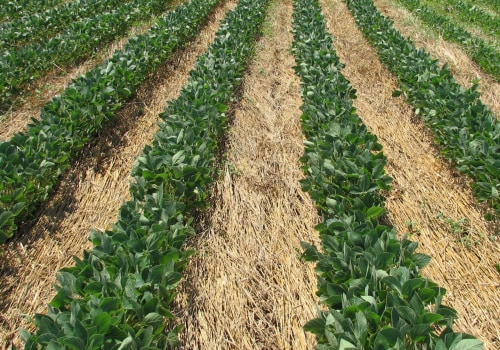
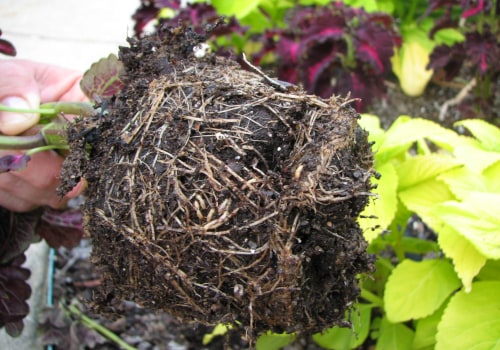
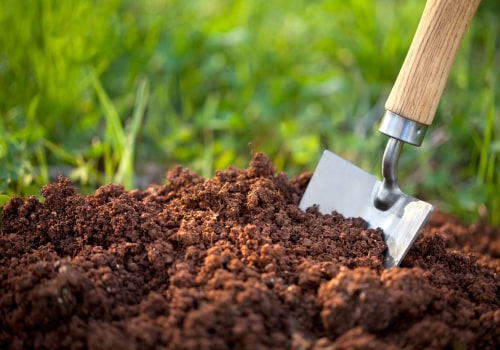
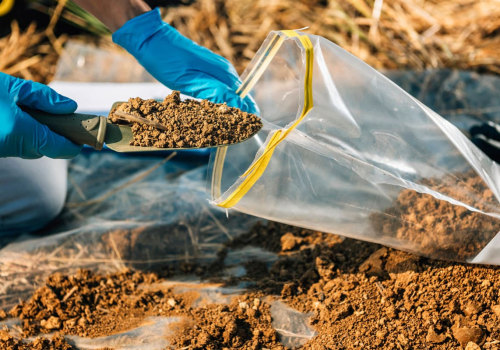
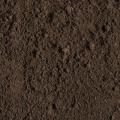
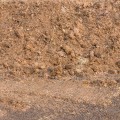

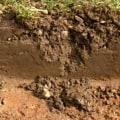
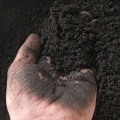
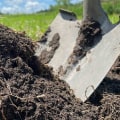

Leave a Comment